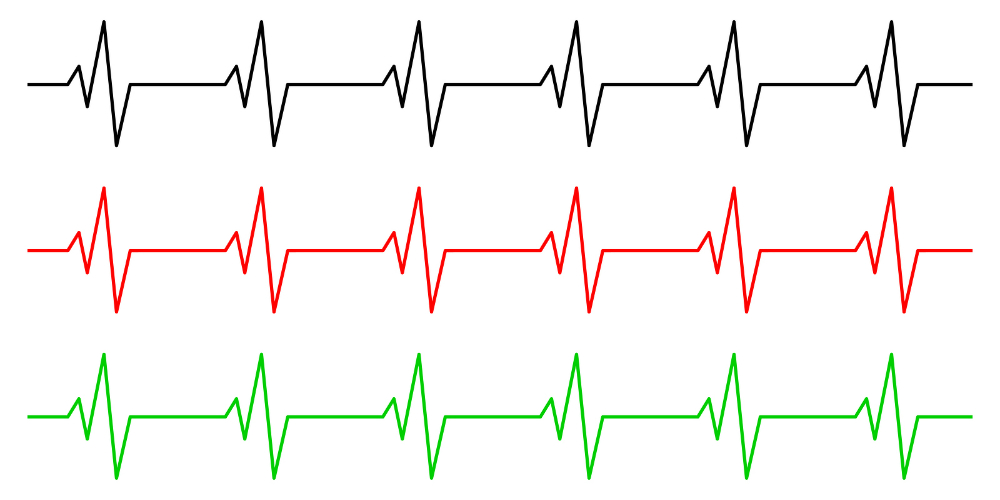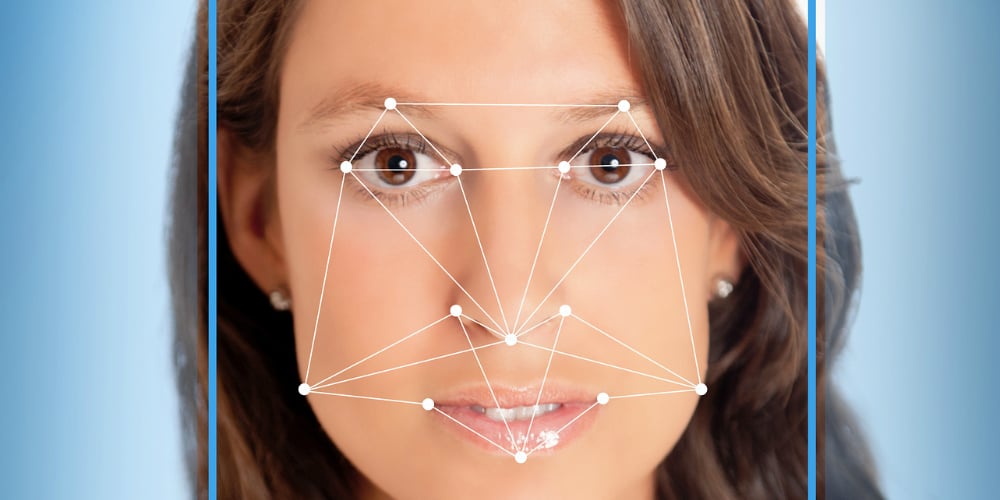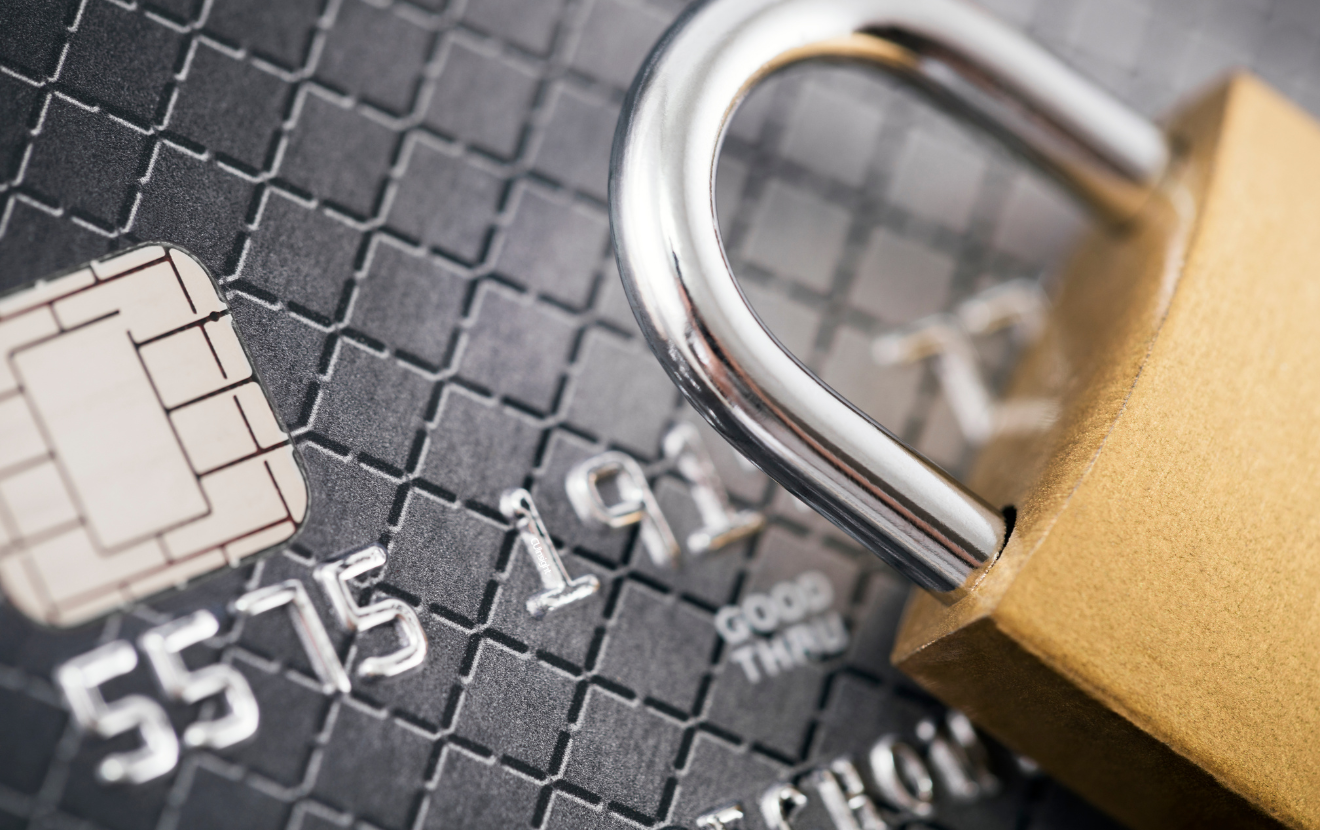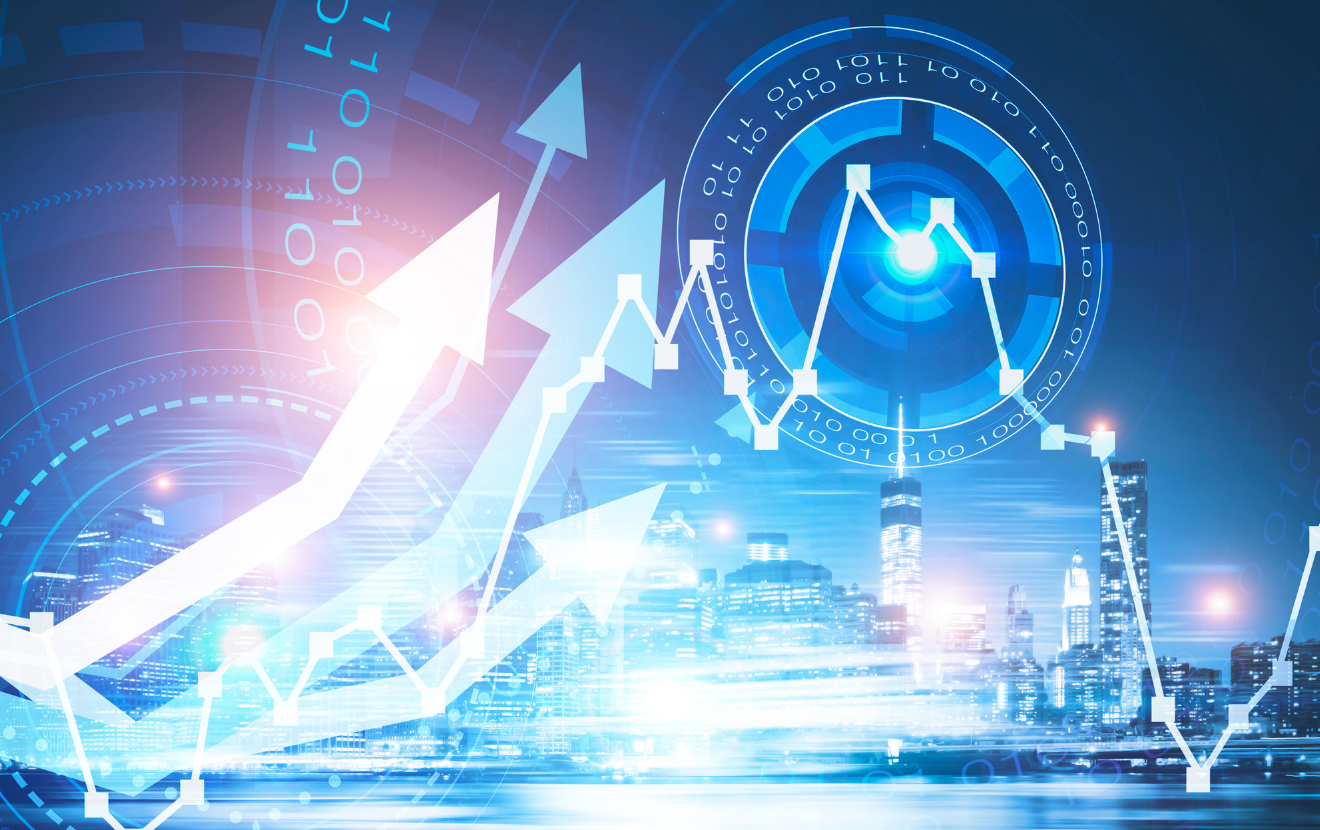Voice Recognition
Current systems are able to identify roughly 130 different physical and behavioral characteristics within a person’s vocal pattern. They can match these to a prerecorded voice print to verify your identity. That match can happen within seconds of you calling the line for any reason and will automatically authorize the representative to talk about sensitive information.
Fingerprint
From gym memberships to unlocking your phone this is the common type of authentication. Often accredited as the first of biometric authentication, it is also currently one of the least secure. Because it has been around for so long most of the reader systems are dated, leading to a number of inaccuracies leading to false positives. Palm prints are also being implemented adding an even higher level of security with similar systems.
Electrical impulses
When your heartbeats, your body sends out a unique electrical pulse. Much like fingerprint, no two electrocardiograms are identical. Authenticating these metrics are not as hard as you might think. A small ECG sensor is all that is needed to positively identify the user. Some companies have even implemented those sensors into wristbands.
Capillary scan of fingerprints
Fingerprint scans only show the surface structure of your finger, but some new infra-red devices are looking a bit deeper. These devices are able to look just below the surface of the skin at the pattern your capillaries create to confirm your identity. Experts claim that “vein recognition is a more secure technology than fingerprint scanning and many financial institutions have already developed new ATMs with these scanners installed.
Facial scan
Using your bone structure as a point of authentication is not a new thing. Technology exists already to be able to scan your facial pattern right from your cell phone. Measurements like the relative position, size, and/or shape of eyes, nose, cheekbones, and jaw are all used to identify the users. Concerns about a picture of the user being able to get by security have been mitigated by newer systems requiring the user to nod or blink.
Iris scan
Movies had brought this form of authentication to the screen before it was a plausible application for anyone, but now it’s not that far off from everyday use. Iris recognition uses mathematical pattern recognition techniques on the unique structure of your eye.
Not only are some of these more in-depth biometric measures very expensive, a large portion of customers would likely abstain from using these services. People aren’t yet keen to the idea of having their bodies scanned, and letting a financial institution store that information.
The fight for technological innovation is fought on two fronts. First being the creation and implementation of said systems, and the other being the acceptance and adoption on the part of the consumer. Which goes back to the golden principle that for a customer to change behaviors and habits, the new solution has to be so much better or easier than the existing services.








